The books we choose to read say a lot about us. Do we read books that reflect back our own experiences, or do we choose books that challenge us with unfamiliar views? Most book lovers read a combination of both. We can share the joy of reading about the latter with our children by picking up picture books that teach them to look at the world from new perspectives, to observe their environment closely and maybe even try new things while increasing their emotional intelligence.
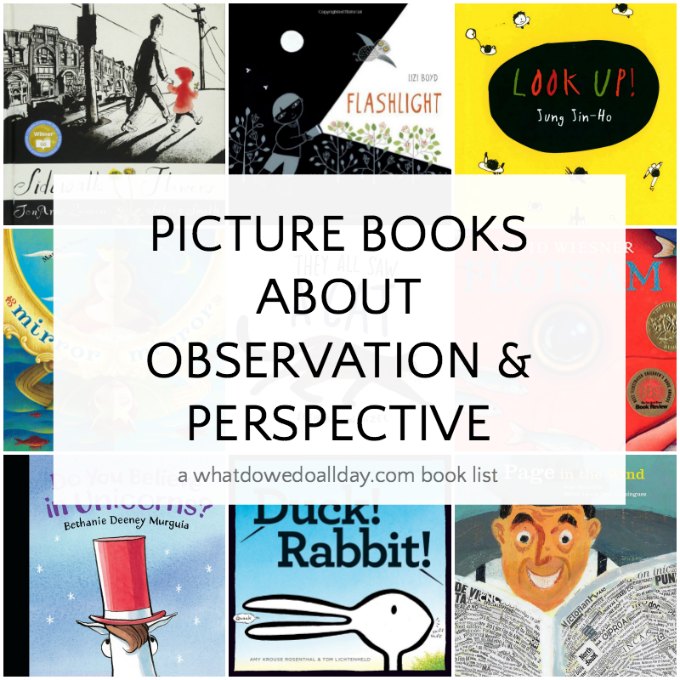
(Note: this post contains affiliate links that earn from qualifying purchases.)
The wonder of these children's books that focus on the theme of perspective is that they also encourage kids to be keen observers of the world around them. They will look a little more closely at things, perhaps angle for a different viewpoint, whether that is physical–"look up!"–or emotional–"how do you feel?" And sometimes, things aren't quite as they seem. So dust off your powers of perception and read these books to your kids!

Do You Believe in Unicorns? by Bethanie Murguia. This book is so much fun! A white horse wearing a hat prances around. But is it actually a horse? Perhaps it is a unicorn in disguise? Even when the hat comes off, clever illustrations make you wonder if that horse isn't actually a unicorn. Or is just your imagination? Children will love the humor and the way the story poses questions about the reality of what they see.
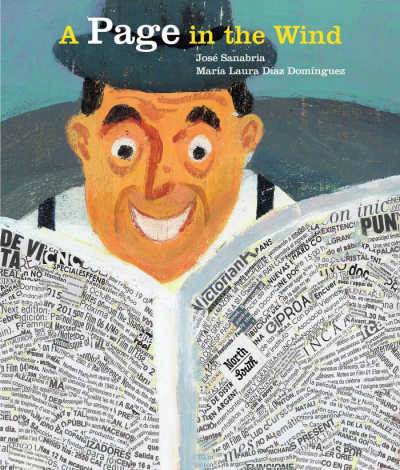
A Page in the Wind by José Sanabria. A newspaper narrates its journey as it is caught up by the wind and its pages are blown hither and thither. Each page lands someplace different and has a unique experience. Some pages are read, others line bird cages. Still another covers a homeless person as he huddles for shelter. While reading the book my mind took me in so many directions (sort of like the newspaper). I was seeing how different people in the city lived, how the newspaper (which has a central mind, yet is able to feel and sense what each page is experiencing) ends up in both lowly and exalted situations.

Duck! Rabbit! by Amy Krouse Rosenthal. Take a close look at this rabbit with the super long ears! What? You think it's a duck with a really long bill? Two observers share their opinions on what this creature is. They argue, but also begin to see the other's perspective, too.
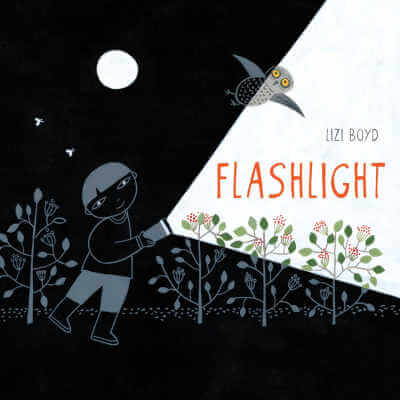
Flashlight by Lizi Boyd. In this wordless book a child takes a flashlight outside on a dark night. Each page shows the objects in the light, which is what the child sees, but readers will still be able to view the creatures in the dark. A wonderfully whimsical and magical tale that will spark questions about how we see and what we might be missing. Delightful.
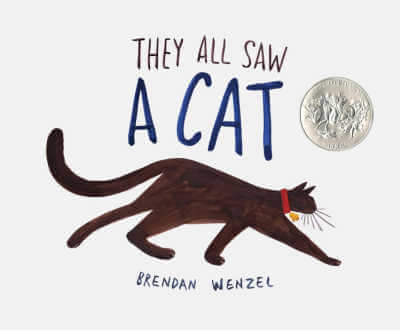
They All Saw a Cat by Brendan Wenzel. This is such an interesting and extraordinary book that will get your children talking and thinking critically about what it means to have perspective and how perspective might influence our opinions and actions. The text is very simple, identifying who "saw a cat" and the illustration of the cat changes based on the viewer. How a child, a dog, a fish, etc. sees a cat is all different. This is a great picture book for teaching empathy and perspective.
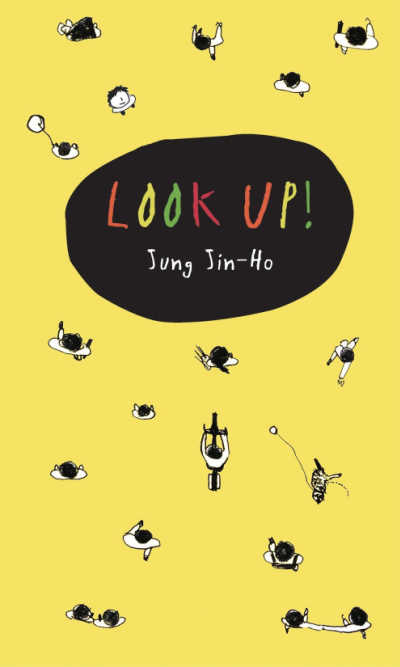
Look Up! by Jung Jin-Ho. A girl in a wheelchair gazes over her balcony onto the sidewalk below. She calls to the passersby to “Look up!,” but they ignore her cries until one young boy looks up and then lies down in order to look up at her. This is such an unusual and interesting book. Kids will love talking about both the perspective of the girl and the people on the sidewalk, as well as how being aware of our surroundings will help us see how to be generous to others.
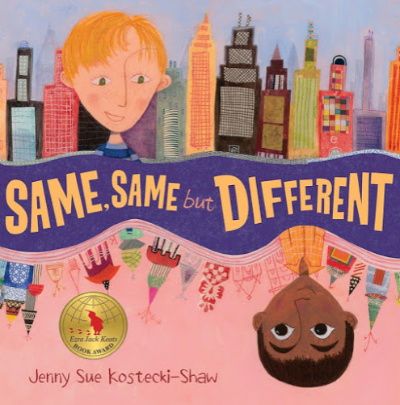
Same Same but Different by Jenny Sue Kostecki-Shaw is about two kids, one in America and one in India, who are pen pals. The two boys like to do lots of the same activities, even though their countries have very different cultures. This is a great book for teachers and parents to use to talk to their kids about universal experiences and values.
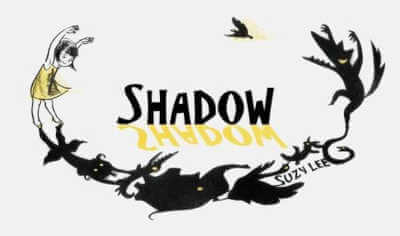
Shadow by Suzi Lee. Lee's masterful wordless book shows a girl's imagination run wild. A girl in an attic plays with her shadows; her imagination transforms them into fantastical creatures and settings. Kids will love the way the book is crafted. Holding up the two page spread, one side depicts the girl's magical world while the other mirrors it with the actual objects. The pages can be rotated to change the reader's perspective! Read this in conjunction with Flashlight (see above).
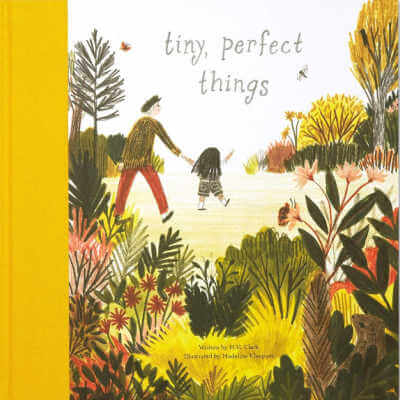
Tiny Perfect Things by M. H. Clark. This is an absolute visual delight. A girl and her grandparent go for a walk. Along the way, the grandparent narrates the importance of taking the time to look around and the child wonders at all the "tiny, perfect things" she sees. The illustrations offer the reader a variety of perspectives from which to observe the natural world.

Mirror Mirror: A Book of Reverso Poems by Marilyn Singer. This book is a little bit nuts! Fairy tales provide the inspiration for each poem which are read forwards and in reverse For example, "In the Hood," read forwards is narrated from the perspective of the wolf. When it is read in reverse, we hear Red Riding Hood's voice. Singer followed up this creative collection with the aptly named Follow Follow: A Book of Reverso Poems.
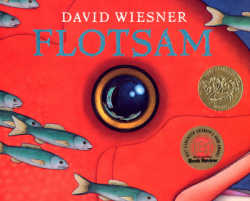
Flotsam by David Wiesner. Magical, twisting perspectives invite readers to study Wiesner's exquisite watercolors in this wordless imaginative journey that begins with the discovery of a camera on a beach. When a boy develops the film, it reveals surreal underwater worlds, but also a curious photograph of girl holding a photo of a boy, who is holding a photo of a boy, who is holding..... you get the idea. The boy then adds a piece of his own story to the camera's.

Two Eggs, Please by Sarah Weeks, illustrated by Betsy Lewin. This book takes a fun approach to the diversity issue. One at a time, Lewin's comic, anthropomorphic animal characters walk into a city diner and order eggs. No two animals are the same and no two egg orders are the same. Behind the scenes we see the cook who uses brown eggs and white eggs, which may look different on the outside, but as every harried parent has told her picky eaters, "They are the same on the inside!"
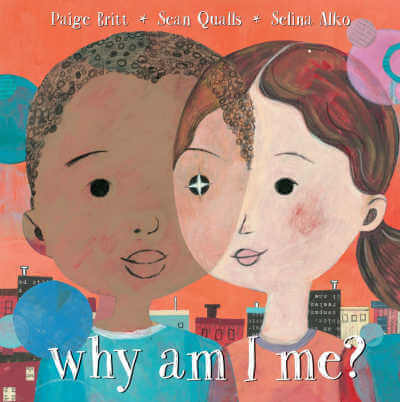
Why Am I Me? by Paige Britt, illustrated by Selina Alko and Sean Qualls. I love this picture book in which children ponder their sense of self. It was a question I vividly remember asking myself during my childhood, and I think most adults will recognize themselves in it. But ultimately this is a book for children and reflect how they see themselves and the people around them. The text is spare and the illustrations are dynamic in this mindful book that teaches about empathy, self-reflection and community. Highly recommended.

Sidewalk Flowers by JonArno Lawson and Sydney Smith. This is such a lovely story of how important it is to notice the little details around us. While her dad is preoccupied with the "busy" things of life (cell phones, charging ahead), a young girl picks the flowers in sidewalk cracks and begins to give them away in random acts of kindness which begin to transform the lives around her.
More books to teach about seeing from a different perspective:



Jessica Sager says
We love love love Same, Same but different. Excellent book! Two books that are sort on the same topic as SSBD, How Do You Say Peace by Katz and All Over The World by Mem Fox. They both show how kids around the world are different but also exactly like ourselves.
Funny side story: I checked out the book Why Am I Me from the library after a humorous encounter between my four year old and a man with dark skin. After cheerily greeting him, she asked “why does your face have black all over it?” He had very dark brown skin, so I assume that’s why she made the connection with the color black. The man and I laughed and I told her “that’s the color of his skin, silly!” He pointed at me and said “that’s a great answer”. Now she points out everyone’s color to them, lol. It’s a great opportunity to talk about differences and similarities, I guess! Of course, your site was the first place I went to find picture books about diversity. You never disappoint! Thank you for that!!
Gloria says
Thanks for all your book lists. I love reading your descriptions too. Really love using your book lists as a go to source for books my kids will enjoy. Your emails are a constant partner at the library and bookstore.
Erica says
Thank you! Your comment made my day. 🙂
Sarah Sweetman says
Please revise the language you use when discussing the book "Look Up!" The girl in the book is not "wheelchair-bound." She uses a wheelchair. No one has tied her to a chair and she does, in fact, exist outside the presence of the assistive device she uses for mobility.
Terms like wheelchair bound are ableist and defeat the entire purpose of the book itself. Using it as her primary descriptor also negates her identity as anything else. She's a girl using a wheelchair. She's also much more.
Erica says
Thanks!
Jesse Ford says
Thanks for the suggestions of books that teach about different perspectives. Our daughter has been taking note of the things she sees more often. Because of this, we want to teach her to more fully understand what she is seeing.